01
Jun
Oral Cancer: Symptoms, Causes, Treatments, and More

Oral cancer is characterized by the uncontrolled growth of cells that hinder function and harm surrounding tissues. Oral cancer, also sometimes called mouth cancer, refers to cancers of all parts of the mouth and throat including the cheeks, lips, tongue, sinuses, hard and soft palates, the floor of the mouth, the tonsils, and the pharynx or throat.
No national protocol or screening recommendations exist for oral cancers, which means they can easily go undetected because our medical system does not incorporate oral cancer screening into a patient’s routine wellness exams like other types of cancer screening such as mole checks and mammograms. Despite the lack of screening, an estimated 54,000 people will be diagnosed with oral cancer this year according to the Oral Cancer Foundation [1].
Like other types of cancer, early detection and treatment are essential to achieving successful patient outcomes. So, it’s important for everyone to be aware of oral cancer, its signs and symptoms, and to understand what you can do to protect yourself from developing this disease.
Signs and Symptoms of Oral Cancer
Some of the most common signs and symptoms of oral cancer include the following:
- Lumps or bumps in or around the neck or oral cavity
- Swelling or thickening in or around the neck or oral cavity
- Texture changes such as rough spots or crusting in the mouth, tongue, lips, gums, or cheeks
- White, red, speckled, or velvety patches or spots in the mouth
- Unexplained bleeding in the oral cavity
- Persistent sores that do not resolve on their own within two weeks
- Unexplained numbness, tingling, pain, tenderness, or other sensations in the mouth, face, or neck
- Tenderness or the feeling of having something caught in the throat
- Difficulty swallowing or chewing
- Difficulty speaking or otherwise moving the mouth, jaw, or tongue
- Hoarseness or change in voice
- Chronic sore throat
- Ear pain
- Change in occlusion (the way your teeth fit together)
- Unexplained weight loss
If you experience any of the above-listed symptoms or notice any of the signs of oral cancer, you should contact your doctor or dentist to schedule an appointment as soon as possible.
Oral Cancer Causes and Risk Factors
Three primary risk factors lead to the vast majority of all oral cancer cases. These include:
- Use of tobacco products (smoking, using smokeless tobacco products, and chewing tobacco)
- Alcohol (consuming alcoholic beverages or regularly swishing with a mouthwash that contains alcohol)
- Human Papillomavirus
Additional risk factors for developing oral cancer include:
- Excessive sun exposure
- Family history of cancer
- Obesity
- Sex
- Age
According to the American Cancer Society, men are twice as likely as women to develop oral cancer, and individuals over 55 years of age are at an even higher risk [2].
Even if an individual manages to avoid all the risk factors for oral cancer, there is still some risk because a small percentage of people do develop oral cancer with no obvious risk factor or cause.
Oral Cancer Diagnosis
Oral cancer diagnosis typically occurs after a patient, doctor, or dentist discovers signs or symptoms of oral cancer. An oral cancer diagnosis is usually reached using a variety of diagnostic tests such as tissue sampling and biopsy in addition to blood tests and diagnostic imaging.
Oral Cancer Treatments
The recommended treatment protocols for oral cancer differ based on each patient’s preference, case, and medical history. However, most treatment recommendations for oral cancer are similar to those for other types of cancers.
Oral cancer treatment typically begins with the surgical removal of cancerous tissues followed by further treatment with chemotherapy and/or local radiation.
The Importance of Early Diagnosis
With oral cancer, early diagnosis and treatment are vital to successful treatment outcomes. For patients who receive an early diagnosis, the five-year survival rate is 84%. For patients whose oral cancer has been undetected long enough to spread to surrounding tissues, lymph nodes, or nearby organs, the five-year survival rate is only 65%.
Routine Oral Cancer Screening at Goochland Dentistry
Maintaining a regular schedule of routine dental cleanings and examinations is one of the best ways to ensure the early detection and successful treatment of oral cancer. During every dental appointment at Goochland Dentistry, we screen our patients for signs of oral cancer. Our dentists perform a visual examination of the oral cavity that looks for any abnormalities and also palpate the soft tissues of the face, neck, and mouth to feel for lumps, bumps, or other irregularities that could indicate cancer.
If we detect any unusual spots, textures, or growths, we talk with our patients about the next steps to take for testing, biopsy, and evaluation with an oncologist to determine if further treatment is necessary.
To learn more about oral cancer, cancer screening at Goochland Dentistry, or to schedule an appointment with one of our Central Virginia dentists, we welcome you to contact our office today.







